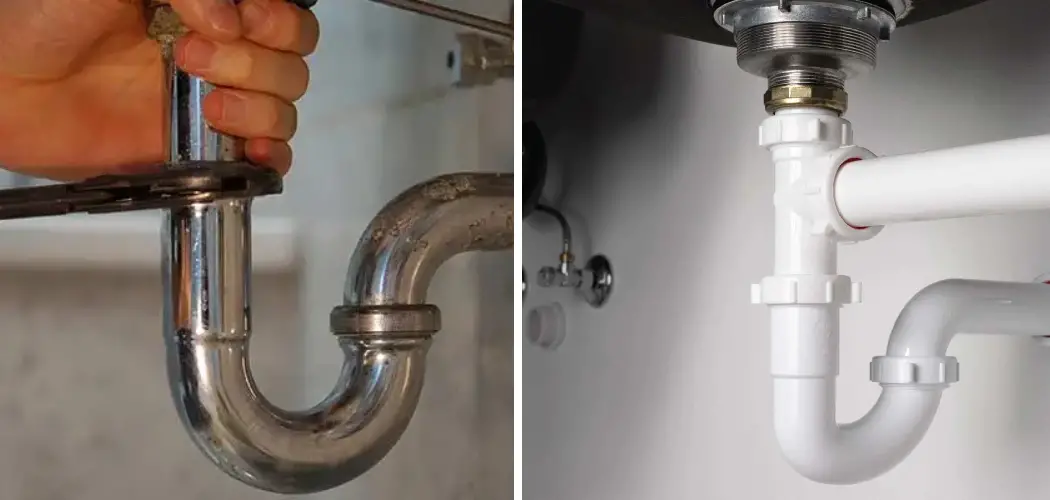A p-trap is a plumbing device that forms an S-shaped curve in the drain pipe under a sink, shower, or bathtub. It helps prevent sewer gases and unpleasant odors from entering your home while allowing wastewater to flow freely. However, p-traps can become clogged or damaged over time like any other plumbing component. This can cause issues such as slow drainage, foul odors, and leaks.
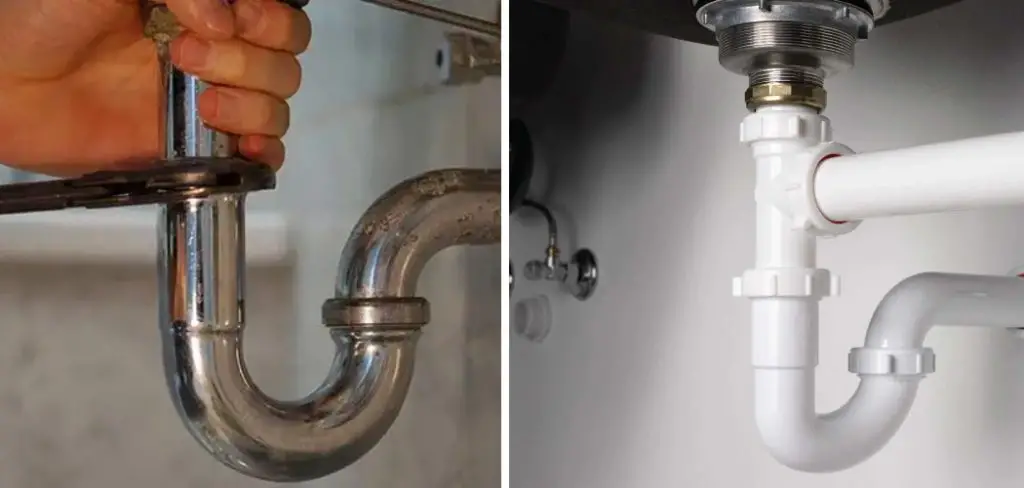
The main advantage of telling if p-trap is working is that it allows you to identify any potential issues with your plumbing system before they become major problems. By regularly checking the functioning of your p-trap, you can prevent clogs, leaks, and other issues that could lead to costly repairs or replacements. You can find step-by-step instructions on how to tell if p-trap is working in this blog article.
Step-by-step Instructions for How to Tell if P-trap is Working
Step 1: Inspect the P-trap
Inspecting your P-trap is the first step in determining if it is working properly. Look for any visible cracks, leaks, or damage to the trap itself. If you notice any of these issues, it’s likely that your P-trap is not functioning correctly and will need to be replaced.
Step 2: Check for Water Leaks
Next, you’ll want to check for any water leaks around the P-trap. This can be done by running water through your sink and observing if there are any drips or puddles forming near the trap. If there are, it’s a clear sign that your P-trap is not working properly and needs to be fixed.
Step 3: Use a Flashlight
Using a flashlight, take a closer look inside the P-trap. You should see a small amount of water sitting in the trap itself. If no water is present, this means that the trap has dried out and will not be able to prevent sewer gases from entering your home.
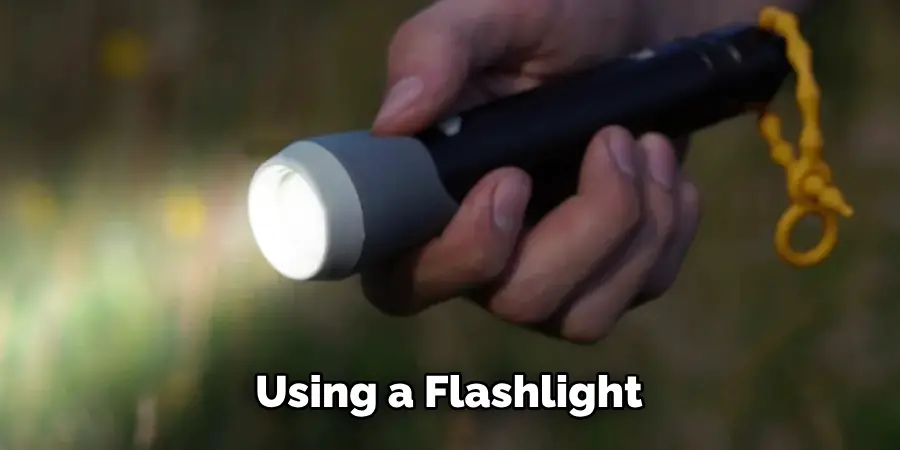
To further test the functionality of your P-trap, run water through the sink at a steady rate. Observe if the water is flowing smoothly or if it’s backing up. If the water is not draining properly, this could be a sign that your P-trap is clogged and needs to be cleared.
Step 4: Use Plunger
If you suspect your P-trap is clogged, you can use a plunger to clear the blockage. Make sure to cover the overflow opening with a wet cloth before plunging, as this will create better suction and help push the clog through.
If you notice unpleasant smells coming from your sink or drain, it could be a sign that your P-trap is not working properly. This could be due to a dried-out trap or a clog causing sewer gases to escape into your home.
Step 5: Look for Signs of Pests
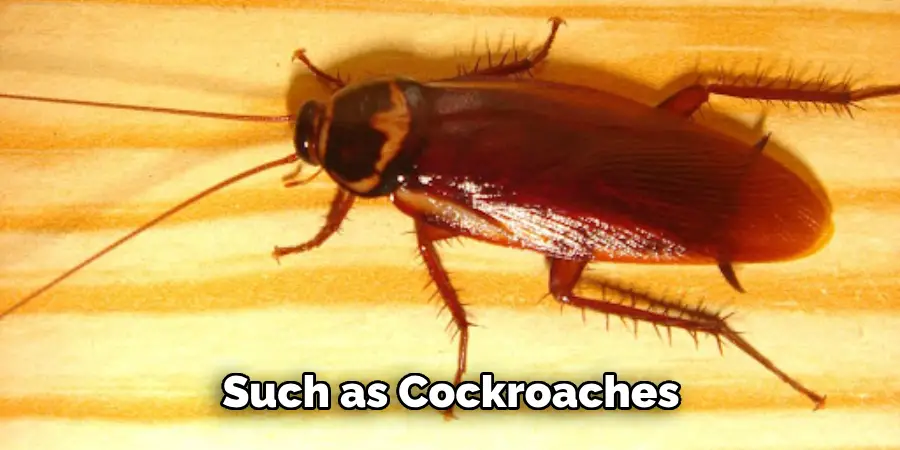
A malfunctioning P-trap can also attract pests such as cockroaches and rodents into your home through the drain. If you notice an increase in these unwanted visitors, it’s a good idea to check the P-trap and make sure it’s working properly.
You can perform a simple test using vegetable oil to ensure that your P-trap creates an effective seal. Pour a small amount of vegetable oil down the drain and observe if it remains in the trap or if it flows through easily. If it flows through, this could be a sign of a faulty P-trap.
Step 6: Replace if Necessary
If you have completed all the steps and determined that your P-trap is not functioning properly, it is important to replace it as soon as possible. A malfunctioning P-trap can lead to serious plumbing issues and potential health hazards.
To prevent future issues with your P-trap, it’s important to perform regular maintenance. This includes cleaning the trap regularly and checking for any potential problems or damages. By staying on top of maintenance, you can ensure that your P-trap remains in good working condition.
By following these step-by-step instructions, you can easily determine if your P-trap is working properly and take the necessary steps to fix any issues. Remember, a well-functioning P-trap is essential for keeping your plumbing in good condition and maintaining a healthy home environment.
Safety Tips for How to Tell if P-trap is Working
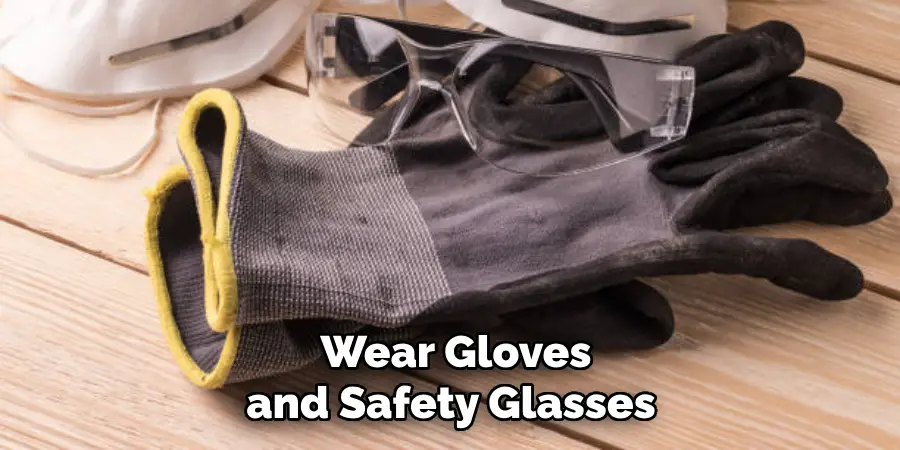
- Wear Protective Gear: Before inspecting or working on your P-trap, make sure to wear gloves and safety glasses to protect yourself from any potential hazards.
- Turn Off the Water Supply: It’s important to turn off the water supply before attempting to check or fix your P-trap. This will prevent any accidental spills or leaks while you work.
- Use Caution With Chemicals: If you use chemical drain cleaners, be cautious when pouring them into your sink, as they can damage the P-trap and cause it to malfunction.
- Avoid Over-tightening: When reassembling or installing a new P-trap, ensure not to over-tighten any connections, as this can lead to cracks or leaks.
- Keep Children and Pets Away: When working on your P-trap, keep children and pets away from the area to avoid accidents or injuries.
- Seek Professional Help if Needed: If you need help with how to check or fix your P-trap, it’s best to seek professional help. Attempting to do it yourself without proper knowledge can lead to further damage or safety hazards.
- Regularly Inspect and Maintain: Regular maintenance is crucial for keeping your P-trap in good working condition. Make sure to inspect it periodically and address any issues before they become bigger problems.
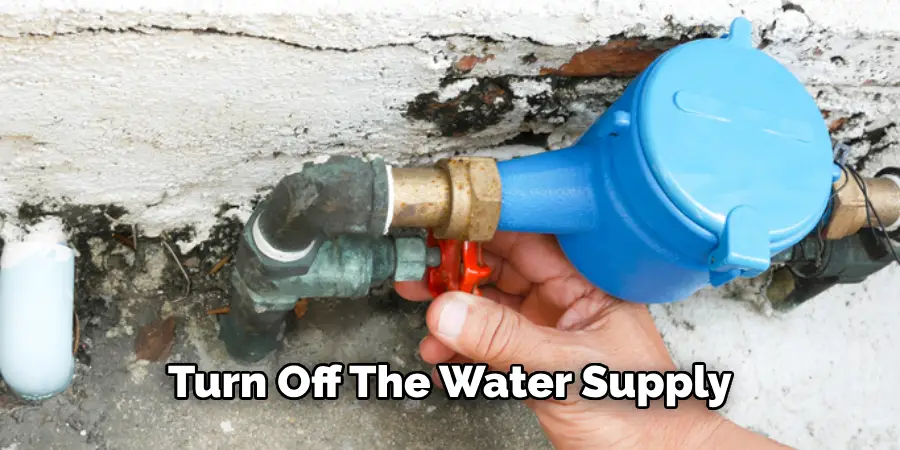
By following these safety tips, you can ensure a safe and successful experience while checking if your P-trap is working properly. Always prioritize safety when working on any plumbing issues to avoid accidents and injuries.
Tips for P-trap Maintenance After Telling if P-trap is Working
Maintaining your p-trap is essential to keeping your plumbing system in good condition. A faulty p-trap can cause clogs, leaks, and other issues that can be costly to repair. Here are seven tips for maintaining your p-trap after determining if it’s working properly.
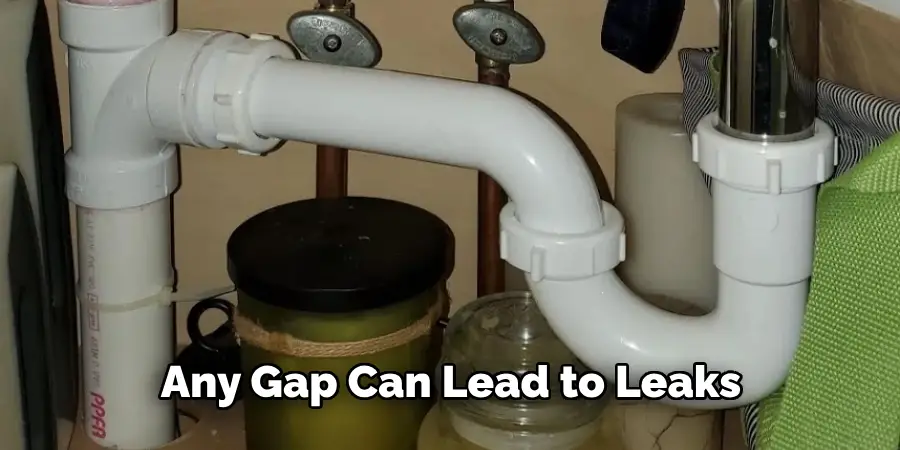
- Check the Fit: Make sure that your p-trap fits snugly against the connecting pipes. Any gap can lead to leaks and other problems. You may need to use a rubber gasket or plumber’s tape to seal any gaps.
- Clean Regularly: Dirt, debris, and grease can build up in your p-trap over time, causing clogs and foul odors. It’s important to clean your p-trap regularly to prevent these issues. You can use a plumbing snake or pour a mixture of baking soda and vinegar down the drain to remove any buildup.
- Watch for Leaks: Look for leaks in your p-trap, as they can lead to water damage and mold growth. If you notice any leaks, tighten the connections or replace damaged parts immediately.
- Use a Drain Strainer: Install a drain strainer in your sink or shower to catch hair, food particles, and other debris before it enters the p-trap. This will help prevent clogs and reduce the amount of cleaning needed for your p-trap.
- Avoid Chemical Cleaners: While chemical cleaners may seem easy to use to unclog your drain, they can damage your P-trap and cause more serious issues. Instead, opt for natural methods or call a professional plumber if you have a stubborn clog.
- Check for Corrosion: Over time, the metal components of your p-trap may rust due to exposure to water and other substances. Replacing the affected parts is important to prevent leaks and further damage if you notice any signs of corrosion, such as discoloration or rust.
- Know When to Call a Professional: If you need help maintaining your p-trap or encountering any major issues, it’s best to call a professional plumber for assistance. They have the knowledge and tools necessary to properly maintain your p-trap and address any problems that may arise.
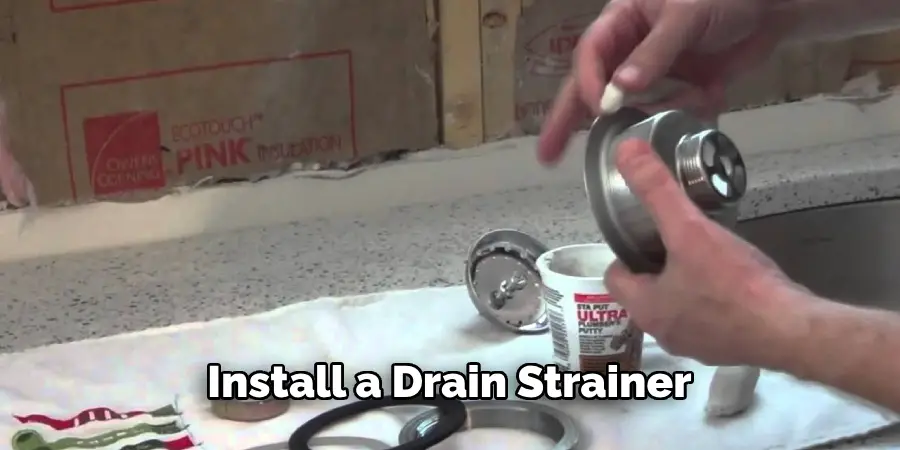
Remember, regular maintenance of your p-trap is key to avoiding costly repairs and keeping your plumbing system functioning efficiently. By following these tips, you can ensure that your p-trap remains in good condition for years to come.
Potential Risks of Having a Malfunctioning P-trap in My Plumbing System
1. Water Damage
A malfunctioning P-trap can cause water to leak out of the pipes and into your home’s interior walls, floors, or ceilings. This can lead to significant water damage if addressed, which may result in expensive repairs.
2. Mold Growth
Standing water from a malfunctioning P-trap can also create an ideal environment for mold growth. Mold can not only cause damage to your home, but it can also lead to health issues for you and your family if left untreated.
3. Foul Odors
A P-trap is designed to create a water barrier between your plumbing system and the rest of your home, preventing any unpleasant odors from entering. When this barrier is compromised due to a malfunction, you may notice foul odors coming from your drains.
4. Pest Infestations
Standing water and organic material in a malfunctioning P-trap can attract pests such as cockroaches, flies, and even rodents. These pests can not only cause damage to your home but also pose health risks.
5. Blocked Drains
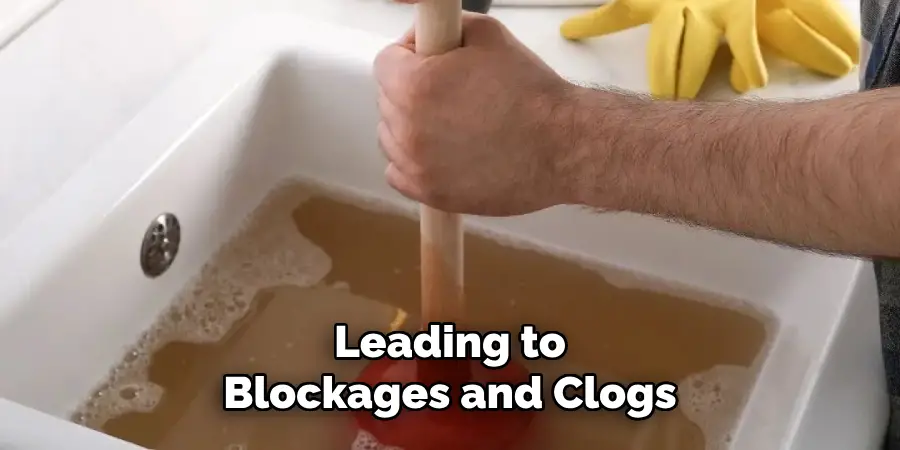
A malfunctioning P-trap can cause debris and buildup to accumulate in your pipes, leading to blockages and clogs. This can disrupt the flow of water and make it difficult for you to use your plumbing fixtures.
6. Structural Damage
If a malfunctioning P-trap is left unfixed, it can lead to more significant issues, such as structural damage. Water from leaks or mold growth can weaken the structure of your home, compromising its stability.
7. Health Risks
Aside from mold growth and pest infestations, a malfunctioning P-trap can also pose health risks due to bacteria and germs that may enter your plumbing system through compromised pipes. This can lead to illnesses or infections if not addressed promptly.
In addition to these potential risks, having a malfunctioning P-trap in your plumbing system can also be an inconvenience. It can disrupt your daily routines and cause frustration when trying to use your plumbing fixtures. Regular maintenance and prompt repairs are essential in preventing these risks and ensuring the proper functioning of your plumbing system.
DIY Methods for Checking if My P-trap is Working
- Visual Inspection: One of the easiest ways to check if your P-trap works is to perform a visual inspection. Look under your sink to see if there are any visible leaks or standing water. If everything looks fine, move on to the next method.
- Fill with Water: To ensure that your P-trap creates an effective seal, you can fill it with water. Simply pour a bucket of water down the drain and see if there are any leaks. If there are no leaks, your P-trap is most likely working properly.
- Use a Plunger: If you suspect a clog in your P-trap, a plunger can help dislodge debris or buildup. Place the plunger over the drain and give it a few firm pumps to create pressure and remove any blockage.
- Check for Odors: If you start noticing foul odors from your sink, it may be a sign that your P-trap is malfunctioning. The P-trap prevents sewage gases from entering your home, so if you smell anything unpleasant, it’s time to check your P-trap.
- Inspect the Water Flow: Another indication that your P-trap may not work is if water drains slowly or backs up in your sink. This could mean that there is a clog in your P-trap or that the trap itself is damaged and needs to be replaced.
- Test with Dye: To be completely sure that your P-trap is functioning correctly, you can perform a dye test. Simply add a few drops of food coloring to a bucket of water and pour it down the drain. If the colored water comes out in another location, then your P-trap may have a crack or break.
- Seek Professional Help: If you have tried all of these methods and are still trying to determine if your P-trap is working, it’s best to seek the help of a professional plumber. They will have the proper tools and knowledge to diagnose and fix any issues with your P-trap accurately.
In addition to these DIY methods, there are also other signs that may indicate a problem with your P-trap. These include strange noises coming from your drain, visible rust or corrosion on the trap, and frequent clogs in your sink. If you experience any of these issues, addressing them as soon as possible is important to prevent further damage to your plumbing system.
Conclusion
In conclusion, there are several methods for checking if your P-trap is working effectively. By performing a visual inspection, filling the trap with water, using a plunger, checking for odors and slow water flow, performing a dye test, and seeking professional help when needed, you can ensure that your P-trap is doing its job of preventing unwanted sewage gases from entering your home.
However, it is important to address any issues with your P-trap as soon as possible to prevent further damage and ensure the proper functioning of your plumbing system.
By being proactive in maintaining and checking your P-trap, you can save yourself from potential headaches and costly repairs in the future. This article has been beneficial for learning how to tell if p-trap is working. Make Sure the preventive measures are followed chronologically.

